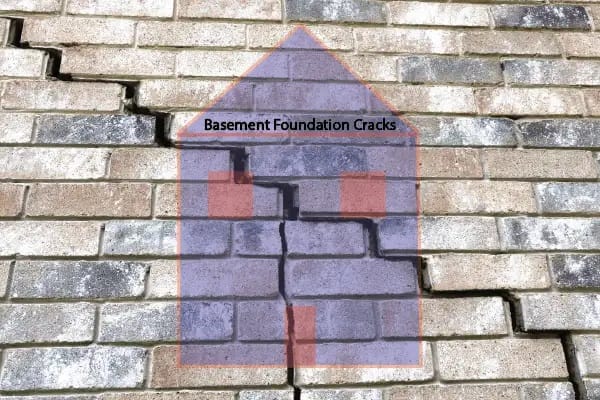Best Basement Waterproofing - Questions
Best Basement Waterproofing - Questions
Blog Article
Some Known Details About Best Basement Waterproofing
Table of ContentsSome Known Facts About Best Basement Waterproofing.The Best Basement Waterproofing IdeasThe Of Best Basement WaterproofingThe smart Trick of Best Basement Waterproofing That Nobody is Talking AboutHow Best Basement Waterproofing can Save You Time, Stress, and Money.
What creates water damage issues in your cellar? Pipes that line the within of your wall surfaces are just one instance of where water damages can happen.The soil and ground of your home is really essential. If there is way too much water bordering your home, nevertheless, it can press the dirt into your home and cause the seals of your basement to come to be jeopardized. Best Basement Waterproofing. when you see excess water in position where it need to not be, that is an extremely good sign that you have an issue
Concrete waterproofing layers are cement-like; once dry, they adhere permanently to concrete and masonry walls. You apply the covering with a hefty brush made with bristles swirled throughout application for an attractive, ended up appearance. Nevertheless, concrete waterproof finishes can not be put on previously painted surfaces Silicate-based concrete sealants, additionally called densifiers, are also appropriate just for walls that have not been repainted or sealed.
Because these are permeating sealers, they can not flake off or peel, and you can have paint applied over them. The American Eagle group might discover much more challenging reasons for your dampness concerns; there are additional solutions readily available. Plastic sheets and panels may be integrated with interior basement drainage systems. They don't stop water from making it through the wall surface, but they do stop it from destroying things in the basement.
The Definitive Guide for Best Basement Waterproofing
A sump pump is required to move water out of your cellar. Here are a couple of things the professionals can mount to assist the waterproofing procedure: this is developed for the walls of your cellar.
It likewise aids stop the development of mold or mildew, which can be a quite large carcinogen. Cellar waterproofing is a fantastic method to obtain in advance of potential water damage that may come your means. Do not wait to contact regional experts, like those at American Eagle with any type of waterproofing questions you might have concerning what basement waterproofing appears like and much more.
The Best Guide To Best Basement Waterproofing
When it pertains to securing your home, one of the most vital actions you can take is basement waterproofing. A dry basement not just ensures a risk-free and healthy environment for you and your family members, however it also helps to stop pricey water damage and mold and mildew development. In this article, we will certainly talk about the importance of cellar waterproofing, the benefits it gives, and exactly how you can tackle securing your space.
By spending in basement waterproofing currently, you can help to ensure that your home keeps its value and good looks gradually. Another advantage of basement waterproofing is that it can aid to reduce your power bills. A moist cellar can add to greater levels of moisture in your home, which can make your heating and cooling system job find more more difficult to keep a comfortable temperature level.
When it concerns cellar waterproofing, there are several techniques that can be made use of to keep water out of your room. These include indoor sealers, outside waterproofing membrane layers, and water drainage systems. The very best method for your cellar will certainly depend upon factors such as the degree of water intrusion, the condition of your structure, and your budget plan.
To conclude, basement waterproofing next is a crucial step in shielding your home from water damage, mold and mildew development, and other problems. By buying basement waterproofing, you can make sure that your room continues to be dry, safe, and healthy and balanced for you and your family members. Not only does basement waterproofing offer comfort and protection for your home, yet it can additionally increase its value and save you money on energy prices over time.
The Best Guide To Best Basement Waterproofing
Inside sealants are a type of basement waterproofing method that includes using a sealer to the within of the basement wall surfaces and floors. Water can seep into a basement through splits, gaps, or permeable concrete, specifically in areas where there is high groundwater or bad water drainage. This can bring about water damage and mildew development, along with damages to the structure and structural stability of the structure.
The sealer develops an obstacle that avoids water from permeating via the concrete. However, this method is only effective for minor water damage and does not deal with the underlying description causes of the moisture. The main resource of the demand for exterior basement waterproofing is water infiltration from the outside of the foundation wall surfaces.
It is an effective service for avoiding water damage and maintaining the architectural stability of the building. Nonetheless, it can be pricey and disruptive to set up, as it calls for excavation around the structure and might involve landscaping and other repairs once the waterproofing is complete. This method is the most reliable and durable option for stopping water seepage in the basement.
Some Known Factual Statements About Best Basement Waterproofing

Report this page